
One of the most impressive land features in the world is the Grand Canyon. While not the deepest, the 277-mile-long canyon is one of the most visited National Parks in the United States. Becoming a National Monument in 1908, there is a rich history around the Canyon both before and after the President saw its value. Check out these seven Grand Canyon historical facts below, and see if you already know them.
7. There is a village at the base of the Grand Canyon
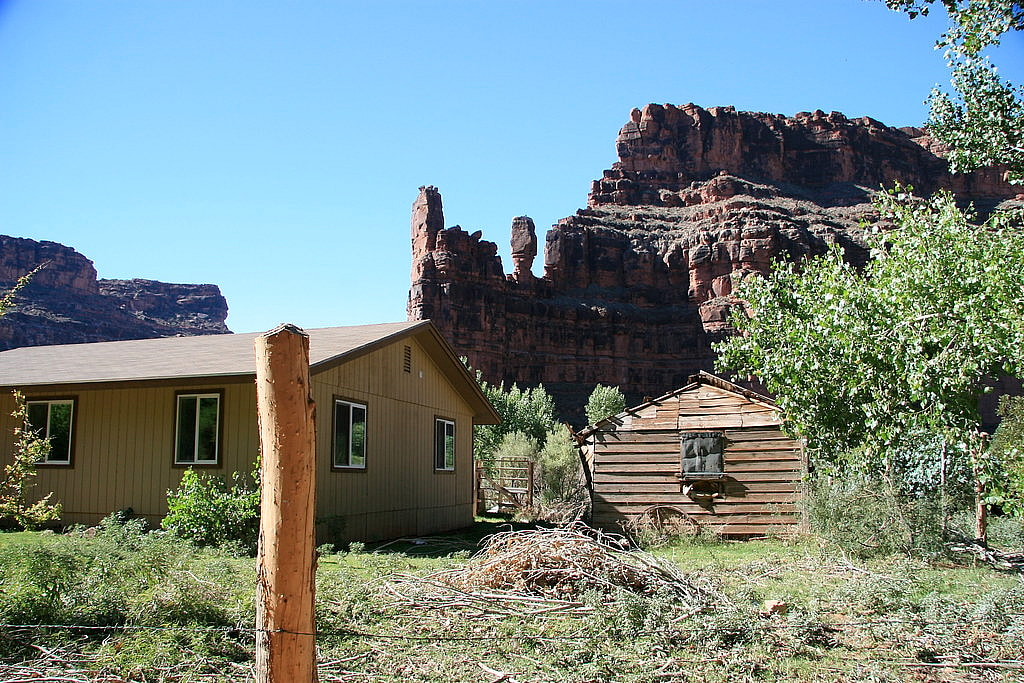
Our seventh selection for Grand Canyon historical facts focuses on the small settlement of Supai Village. Located at the base of the Grand Canyon within the Havasupai Indian Reservation, it is the most remote community in the continental United States. Supai Village has a population of just 208, is inaccessible by road, and is the only place where pack mule still delivers mail. If you want to get into the village, it’s an 8-mile trek by foot or horseback.
RELATED: What Is the Oldest Artifact in the World?
6. We don’t know how old the Grand Canyon is
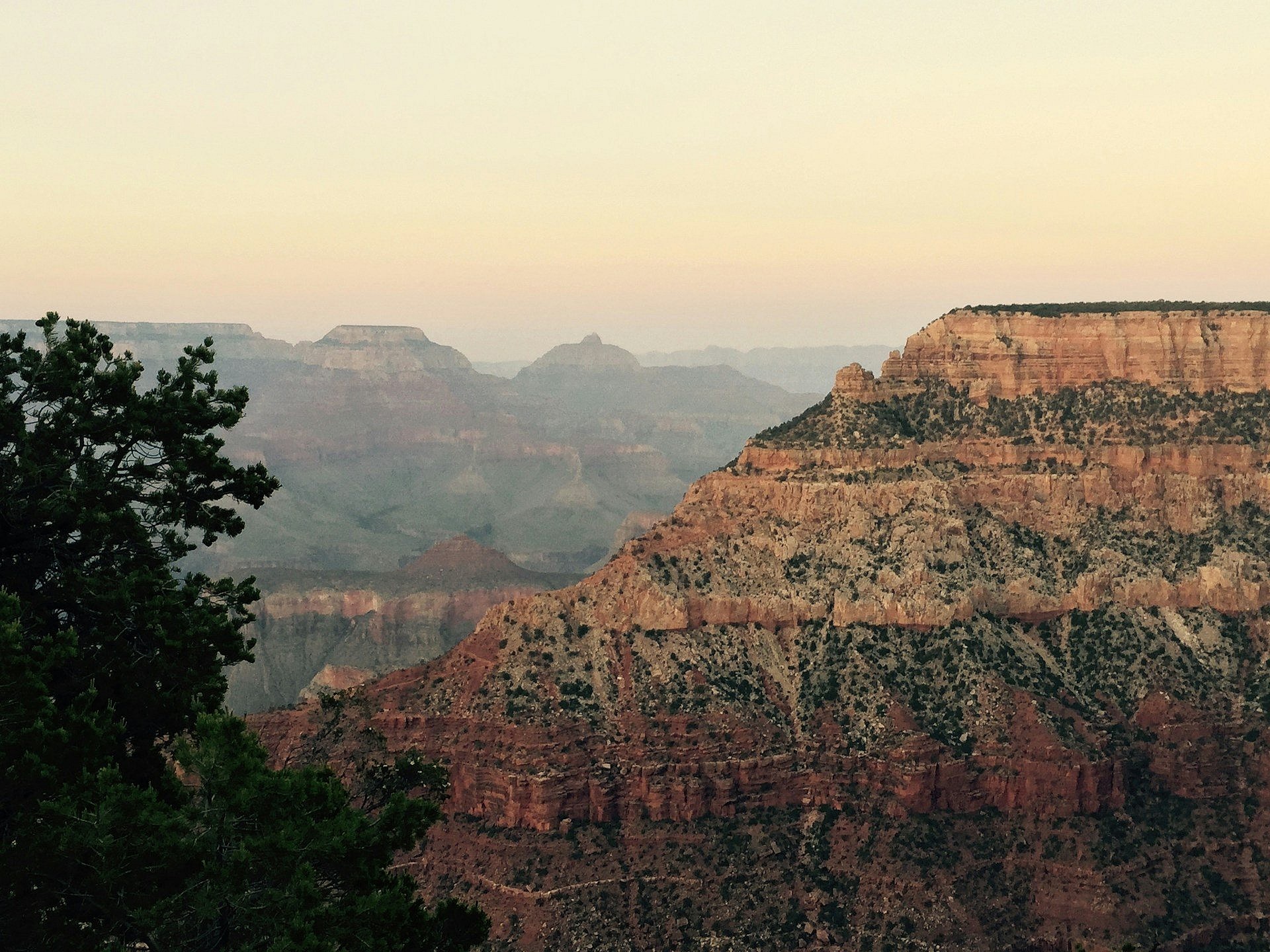
Next on our list of Grand Canyon historical facts is the supposed age of the canyon. Researchers have long believed that the Colorado River started carving out the Grand Canyon about 6 million years ago, but a 2012 study suggested the process may have begun as far back as 70 million years ago. It is a great possibility that the Grand Canyon we know today began as a series of smaller canyons 70 million years ago, but didn’t take shape until more recently.
5. Humans have inhabited the region for over 12,000 years
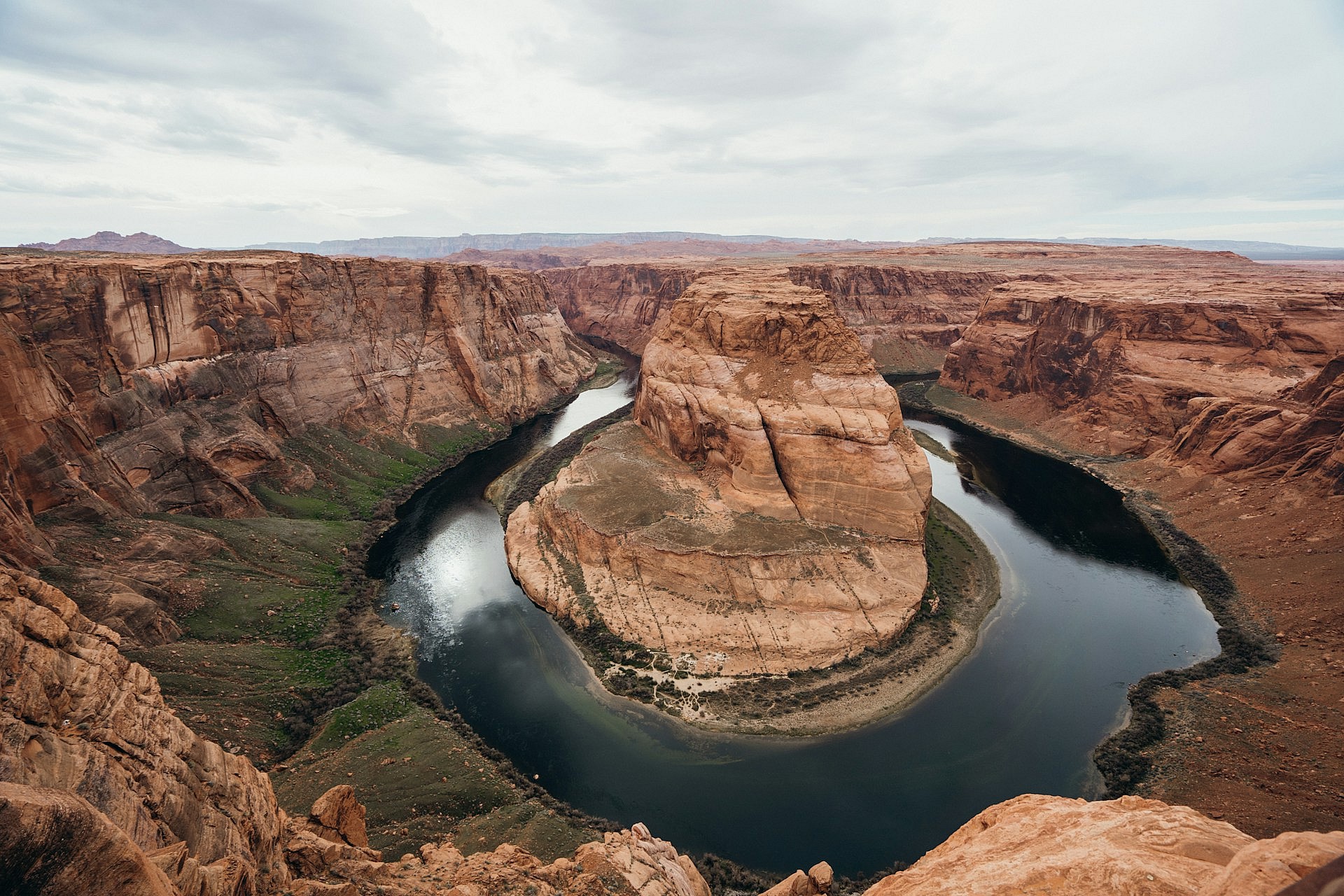
Our fifth choice for Grand Canyon historical facts relates to human presence. Humans have inhabited the region for more than 12,000 years, confirmed by spear points made in the last Ice Age to hunt mammoths, ground sloths, and ancient bison. Artifacts from Ancestral Puebloan, Basketmaker, Archaic, Paleo-Indian, Cohonina, Cerbat, Pai, Southern Paiute, Zuni, Hopi, and Navajo groups have also been found in and around the Grand Canyon. Today, over 5 million visitors make the journey to the Grand Canyon and surrounding areas.
CHECK OUT: 8 Lost Civilizations: From Easter Island to the Anasazi
4. The Grand Canyon displays the phenomenon called the Great Unconformity
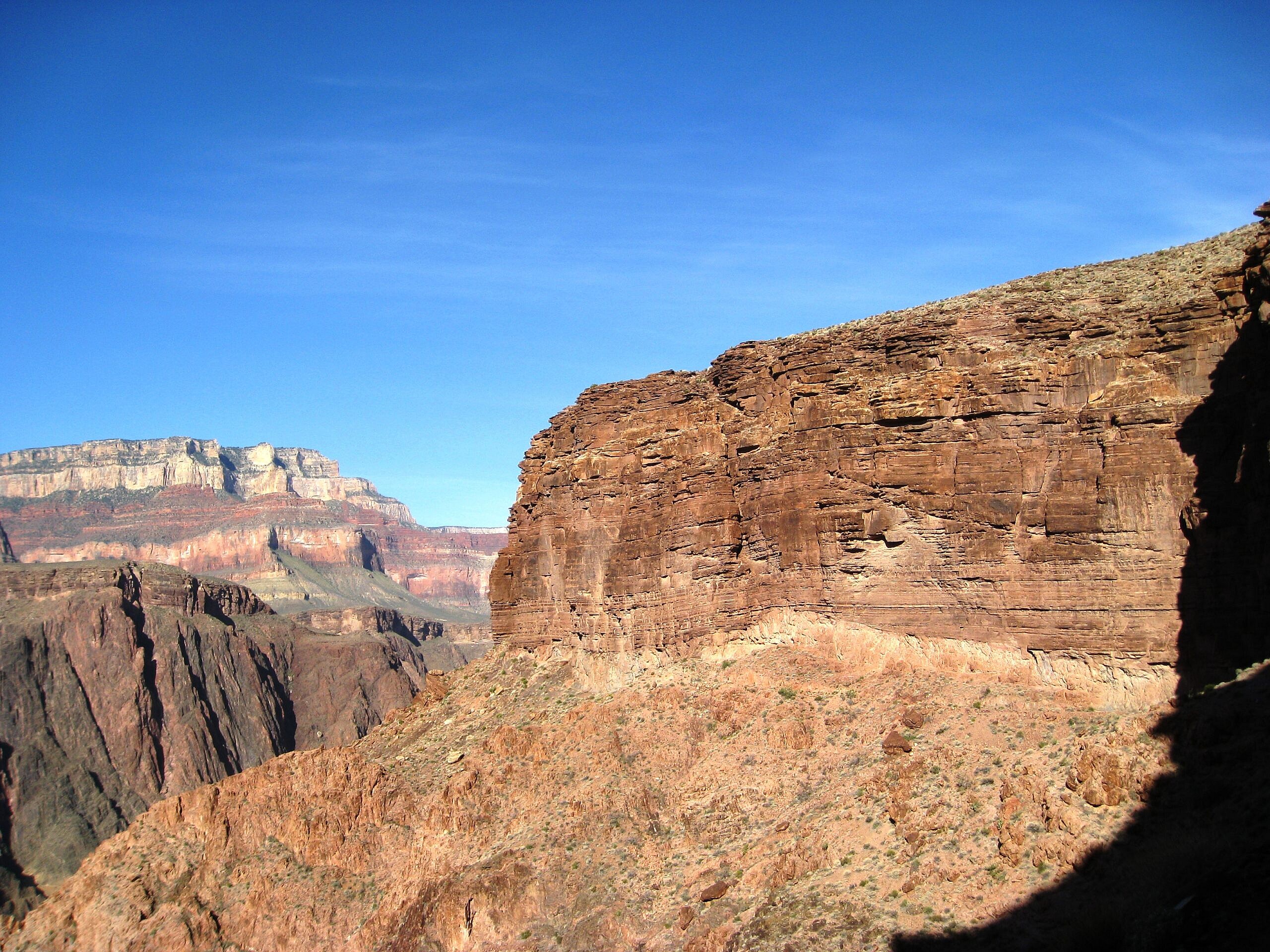
Our next selection for Grand Canyon historical facts features a puzzling geological phenomenon called the Great Unconformity. The Grand Canyon is one of the most visible examples of this phenomenon, where 250-million-year-old rock layers lie directly against 1.2-billion-year-old rocks. No one knows what happened to the hundreds of millions of years of missing layers, nor what those layers could tell researchers about the Earth during that time.
ALSO READ: 15 Unexplained Ancient Artifacts From Around The World
3. In 1909, the canyon was the site of a major hoax
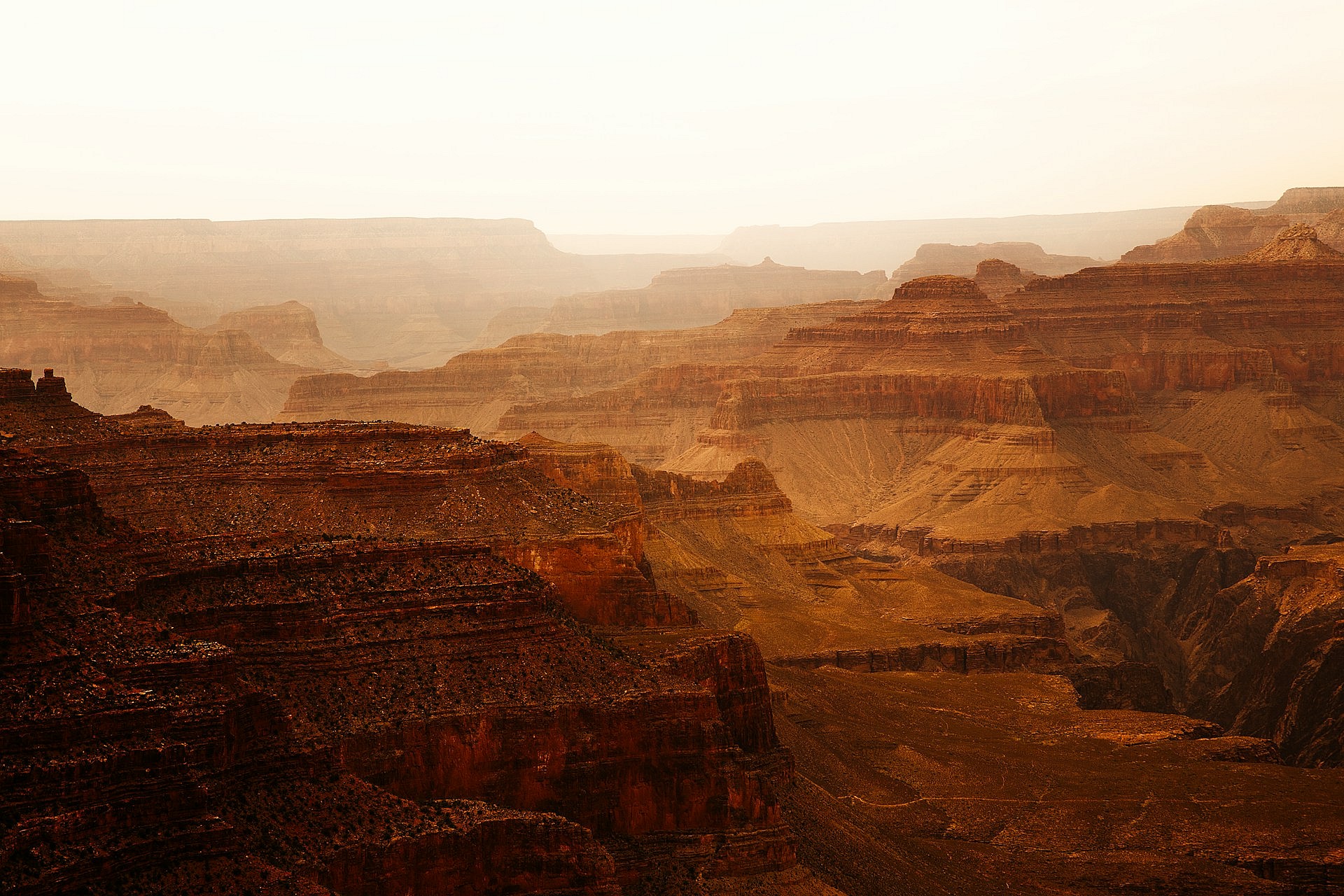
Jumping into the top three Grand Canyon historical facts is a fun conspiracy theory from over a century ago. In April 1909, the Arizona Gazette published a story where archaeologists discovered traces of an ancient Tibetan or Egyptian civilization in an underground tunnel in the Grand Canyon. The Smithsonian denied the entire story, claiming no knowledge of the archaeologists or the cave. While some people believe this to be a hoax, others believe this may have been a government cover-up.
2. There are fossils dating back 1.2 billion years in the canyon
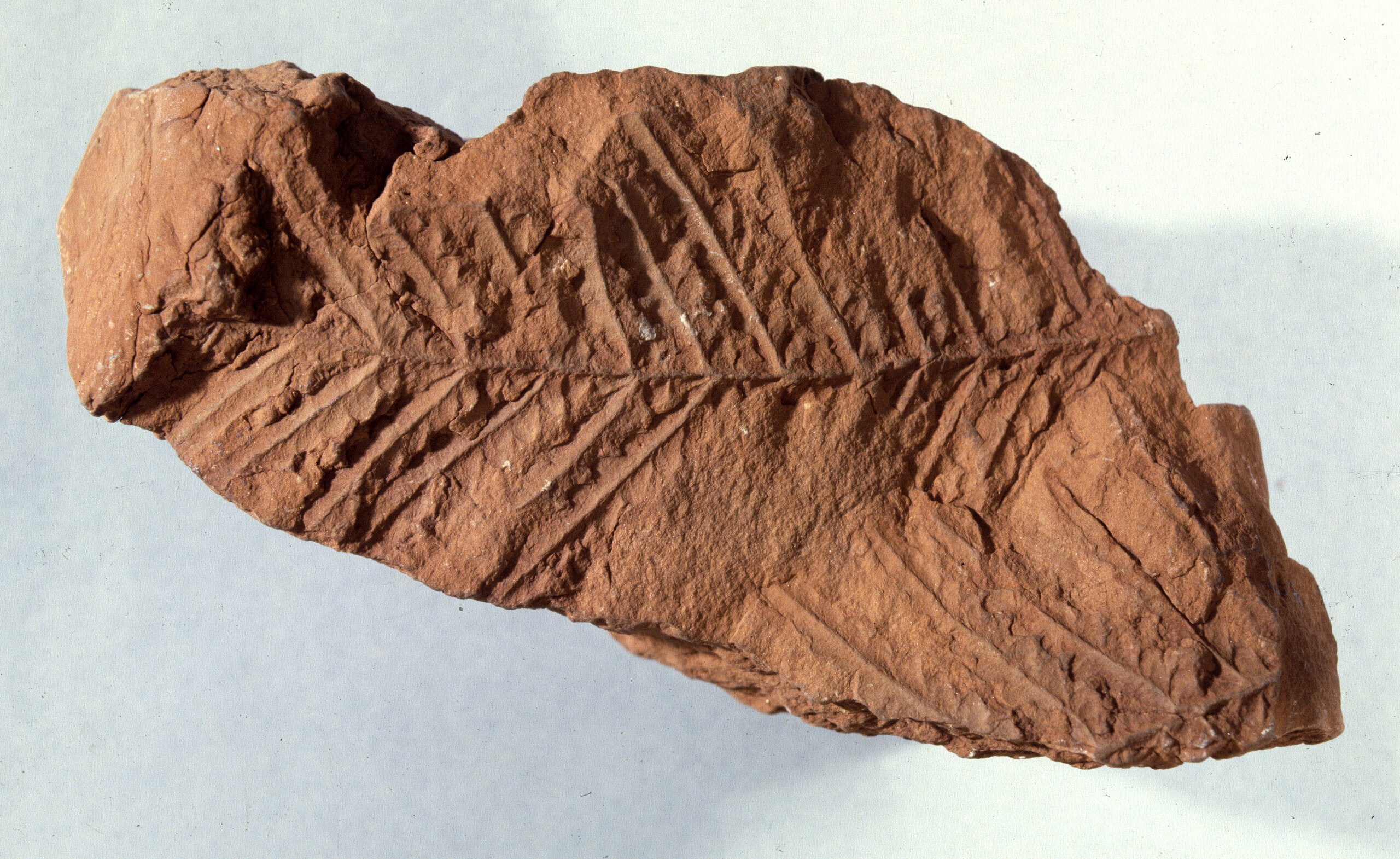
Rounding out our top two Grand Canyon historical facts is about the various fossils found in the region and which ones are not present. Dinosaurs may have roamed the Earth, but there are none of their bones in the Grand Canyon due to the canyon layers being formed long before the creatures. But plenty of other fossils have been found in the region, ranging from ancient marine fossils dating back 1.2 billion years to recent land mammals dating to 10,000 years ago.
CHECK OUT: 9 Weird Facts About Earth You May Not Know
1. The Federal Aviation Administration exists because of the Grand Canyon
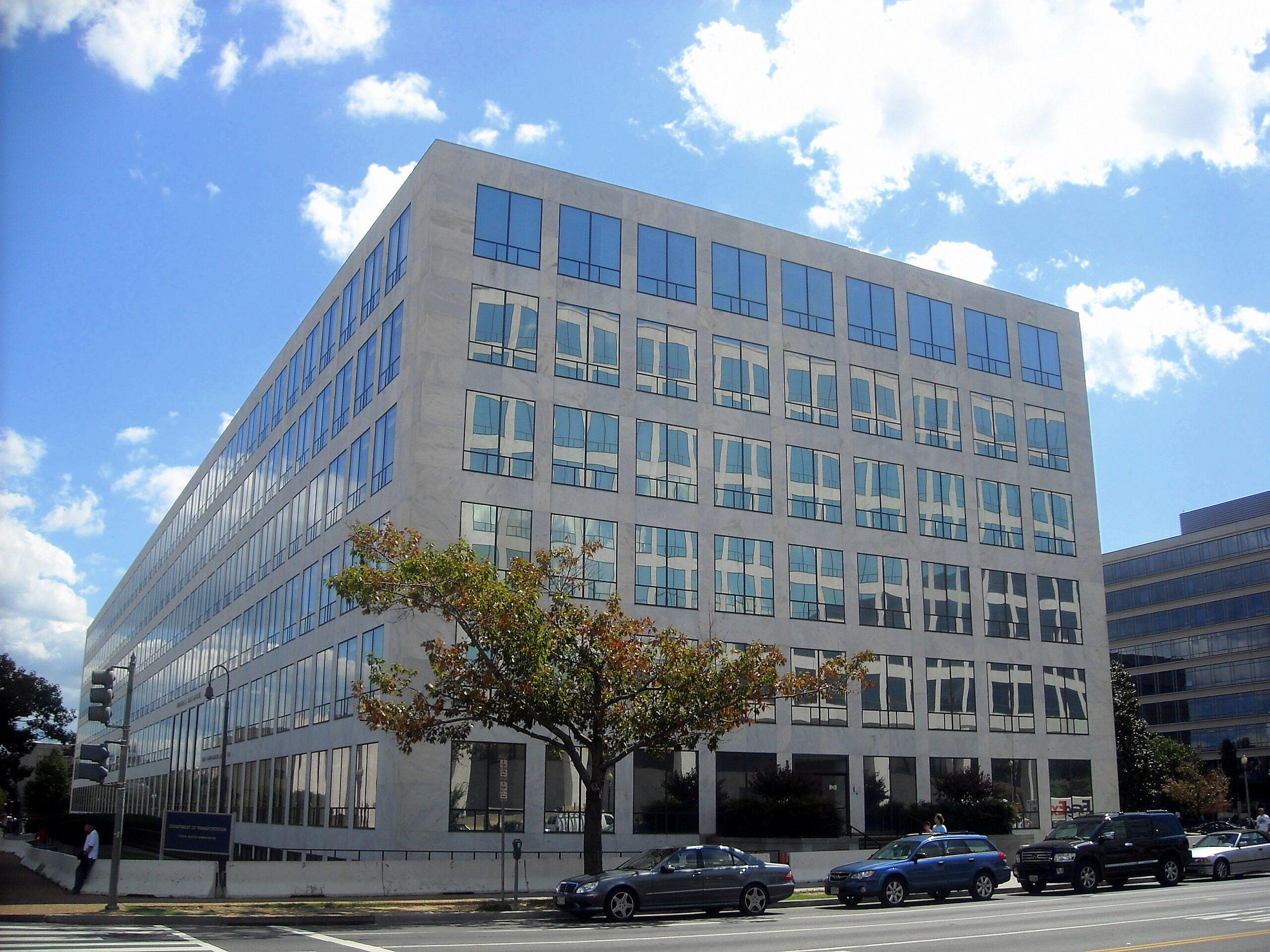
Last but not least on our Grand Canyon historical facts list is the significance of the Grand Canyon to the creation of the Federal Aviation Administration. In the 1950s, commercial airplanes would often change course to show passengers a view of the canyon, but in 1956, two of these planes collided. All 128 people on board died, leading to the creation of the Federal Aviation Administration, who became responsible for civil aviation safety, air traffic control, and air navigation.


